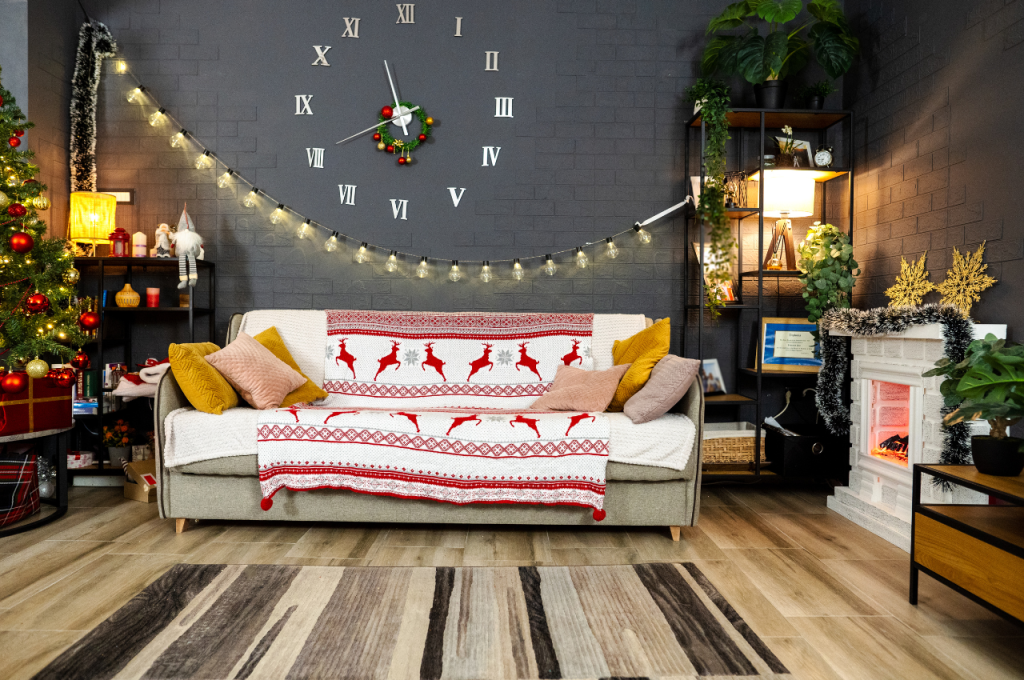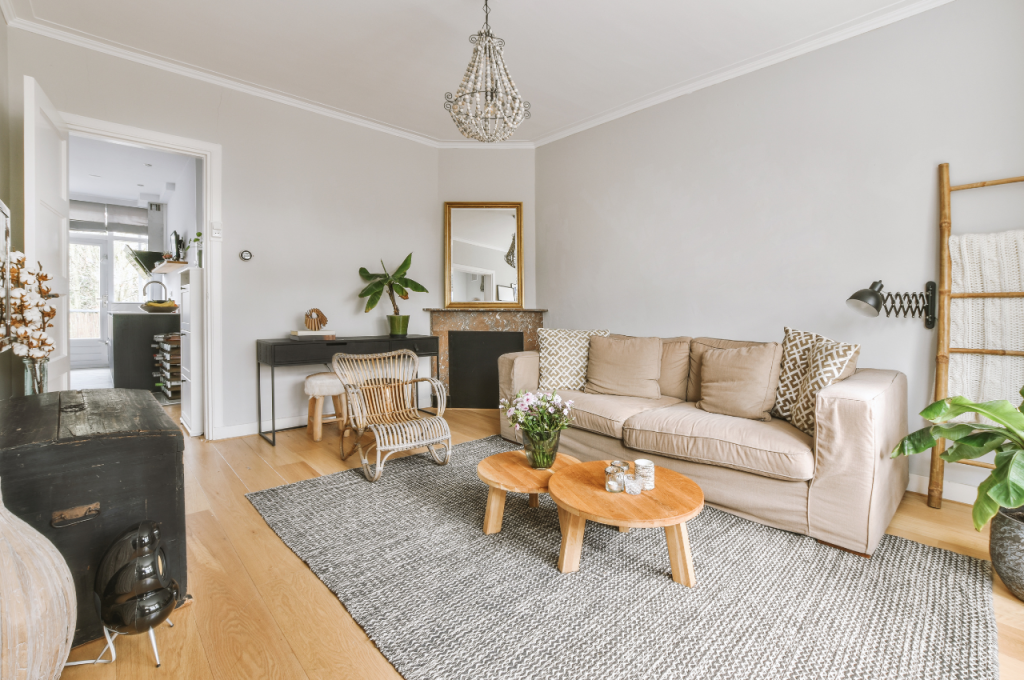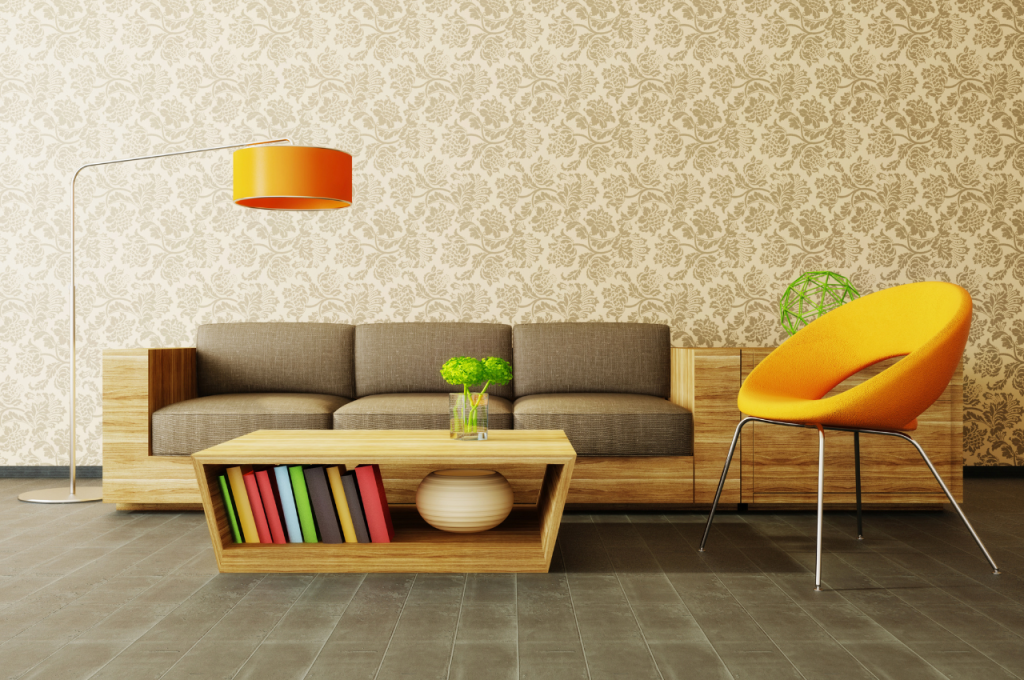To plan a room, start by determining its function and desired style, then sketch a layout with key furniture pieces. Consider colors, lighting, and accessories to enhance the space’s ambiance.
Planning a room involves assessing the space’s purpose and aesthetic preferences. By strategically arranging furniture, selecting suitable colors, and optimizing lighting, you can create a well-designed and functional room. Incorporating personal touches and decor elements will add character and charm to your living space, ensuring it reflects your style and personality.
With careful consideration of each element, you can transform any room into a comfortable and inviting environment tailored to your needs and preferences.
Choosing The Right Room Layout
When planning a room, selecting the right room layout is crucial for maximizing space and functionality. Your room layout determines how furniture and decor will be arranged to create a cohesive and efficient design.

Assessing The Space
- Measure the dimensions of the room accurately.
- Consider natural light sources and windows.
- Identify architectural features like doors and outlets.
Determining Functionality
- Define the primary purpose of the room.
- Consider traffic flow and accessibility.
- Account for specific furniture requirements.
Selecting The Right Furniture
When planning a room, one crucial component is selecting the right furniture. Proper furniture choices can greatly enhance the functionality and aesthetics of the space.
Considering Room Size and Shape
Firstly, measure the room dimensions to ensure the furniture fits appropriately. Small rooms require space-saving furniture, while large rooms can accommodate bigger pieces.
Matching Furniture to Room Function
Determine the function of the room – whether it’s a living area, workspace, or bedroom. Choose furniture that aligns with the intended use of the room.
Utilizing Color and Lighting
When planning a room, one of the key considerations is utilizing color and lighting to create the desired atmosphere and functionality. Understanding the impact of color and strategically placed lighting fixtures can completely transform the look and feel of a space, elevating it from ordinary to exceptional.
Understanding The Impact of Color
Colors evoke specific emotions and can significantly influence the mood of a room. It’s important to consider the psychology of colors when choosing a color scheme for a space. Warm colors like red and orange can create a cozy and inviting atmosphere, while cool colors such as blue and green promote a calming and serene ambiance. Additionally, neutral tones like beige and gray can provide a versatile backdrop for various design styles.
Strategically Placing Lighting Fixtures
Lighting plays a crucial role in highlighting the features of a room and setting the right mood. Ambient lighting provides overall illumination, while task lighting is essential for focused activities. Accent lighting can be used to draw attention to specific areas or objects. When planning the placement of lighting fixtures, it’s important to consider the natural light sources and create a balanced lighting design that caters to different needs within the space.
Managing Storage and Organization
Planning a room’s storage and organization involves carefully considering the layout, maximizing space, and selecting suitable furniture and storage solutions. By following these steps, you can create a well-organized and functional space that meets your needs.
To create a well-designed and functional room, managing storage and organization is key. Maximizing space with storage solutions and organizing items for efficiency will help you make the most of your room layout. Let’s dive into these two crucial aspects.
Maximizing Space with Storage Solutions
When it comes to maximizing space in your room, storage solutions play a vital role. Strategic placement of storage units and optimizing their functionality can make a huge difference. Here are some storage ideas to make the most of your room’s space:
- Utilize vertical space: Install wall-mounted shelves or hanging organizers to free up floor space.
- Opt for multipurpose furniture: Invest in furniture pieces that serve dual purposes, such as beds with built-in storage or ottomans with hidden compartments.
- Use under-bed storage: Storing items under the bed can be a great way to maximize space.
Consider using storage containers or bins specifically designed for this purpose. If you need additional storage solutions, organizing your items efficiently is equally important. Let’s explore how to achieve this.
Organizing Items for Efficiency
Efficient organization is crucial for maintaining a clutter-free and functional room. Here are some tips to help you organize your items effectively:

- Categorize and declutter: Start by categorizing your items into different groups. Discard anything you no longer need or use to minimize clutter.
- Prioritize frequently used items: Keep frequently used items easily accessible. Store them in a designated area or use storage solutions that allow for quick access.
- Use clear containers and labels: Transparency is key when organizing. Store items in clear containers to easily identify what’s inside. Label everything accordingly, making it simple to find exactly what you need.
- Utilize drawer dividers and organizers: Drawer dividers and organizers help keep items separated and prevent them from getting mixed up or lost.
- Consider color coding: Assigning colors to different categories of items can make finding and returning them to their designated place a breeze.
By implementing these storage and organization strategies, you can create a room that not only looks tidy but also maximizes the use of available space. Don’t let clutter overpower your room; take control and transform it into a functional haven.
Incorporating Decor and Accessories
To plan a room, incorporate decor and accessories that enhance the overall aesthetic. Strive for a harmonious blend of colors, textures, and styles to create a visually appealing and cohesive space.
Choosing Decor that Complements The Layout
When planning a room, one of the key factors to consider is how to incorporate decor and accessories that complement the layout. The decor you choose can greatly enhance the overall aesthetic of the room, tying everything together for a cohesive and inviting space. The first step in choosing decor that complements the layout is to assess the size and shape of the room. If you have a smaller space, consider opting for decor that is minimalistic and space-saving in design. This could include smaller furniture pieces, wall-mounted shelves, or multi-functional items.
Next, take a look at the existing color scheme and style of the room. To create a harmonious look, aim to choose decor that matches or coordinates with these elements. For instance, if your room has a neutral color palette, you can use pops of color in your decor to add visual interest and create a focal point. On the other hand, if your room already has bold colors, you can opt for neutral or complementary decor to balance the overall aesthetic.
Consider the function of the room when selecting decor pieces. For example, if you are planning a bedroom, your decor should promote relaxation and tranquility. In this case, you might consider incorporating soft textures, soothing colors, and comfortable bedding. On the other hand, if you are planning a home office, your decor should be functional and organized, with items such as a desk, ergonomic chair, and storage solutions.
Enhancing The Room’s Aesthetic
Enhancing the aesthetic of a room is all about adding those finishing touches that bring the space to life. When selecting decor and accessories, focus on creating a cohesive and visually appealing look.
One way to enhance the room’s aesthetic is through the strategic use of lighting. Consider incorporating various light sources, such as overhead lighting, task lighting, and ambient lighting, to create a warm and inviting atmosphere. Additionally, choose light fixtures and lamps that complement the overall style of the room.
Remember, the key to incorporating decor and accessories is to choose pieces that complement the layout and enhance the overall aesthetic of the room. By carefully selecting decor that matches the size, style, and function of the space, you can create a room that is both functional and visually appealing.
Accounting for Traffic Flow
Planning a room involves several key considerations, and one of the most crucial is accounting for traffic flow. This entails creating clear pathways and ensuring accessibility and comfort for anyone moving through the space.
Creating Clear Pathways
When designing a room, it’s essential to establish clear pathways that enable smooth and unobstructed movement. Avoid clutter or over-furnishing the space, as this can hinder traffic flow and make the room feel cramped. Consider the room’s function and position furniture in a way that allows people to navigate the area easily.
Ensuring Accessibility and Comfort
To promote efficient traffic flow, it’s crucial to ensure accessibility and comfort within the room. Choose furniture and layout arrangements that allow for easy movement and navigation. Prioritize comfort by providing ample space between pieces of furniture, and consider incorporating multi-functional pieces to optimize the room’s usability.
Considering Budget and Timeline
When planning a room, it is crucial to consider budget and timeline. Focusing on these aspects ensures the project stays on track and within set parameters.
Setting Realistic Budget Expectations
- Define your budget clearly to avoid overspending.
- Allocate funds for essentials first, then extras if possible.
- Research to understand the cost of materials and labor.
Establishing A Realistic Timeline for Completion
- Break down the project into manageable tasks.
- Set realistic deadlines for each phase of the project.
- Factor in extra time for unforeseen delays.
Finalizing The Plan
In the process of planning a room, finalizing the plan is a crucial step that brings everything together. This stage ensures that the layout, design, and functionality of the room align perfectly with your vision.
Reviewing and Adjusting The Room Layout
Review the room layout to check for optimal arrangement. Make adjustments if necessary to enhance flow and functionality.

Ensuring Coherence and Practicality
- Ensure coherence by maintaining a consistent theme throughout the room.
- Prioritize practicality to ensure the room serves its purpose effectively.
Conclusion
Room planning is essential for creating a functional and aesthetically pleasing space. By considering the purpose, layout, and design elements, you can develop a cohesive plan that suits your needs and style. With careful attention to detail and a clear vision, you can transform any room into a personalized and inviting environment.
Start planning today to see the transformation tomorrow.

